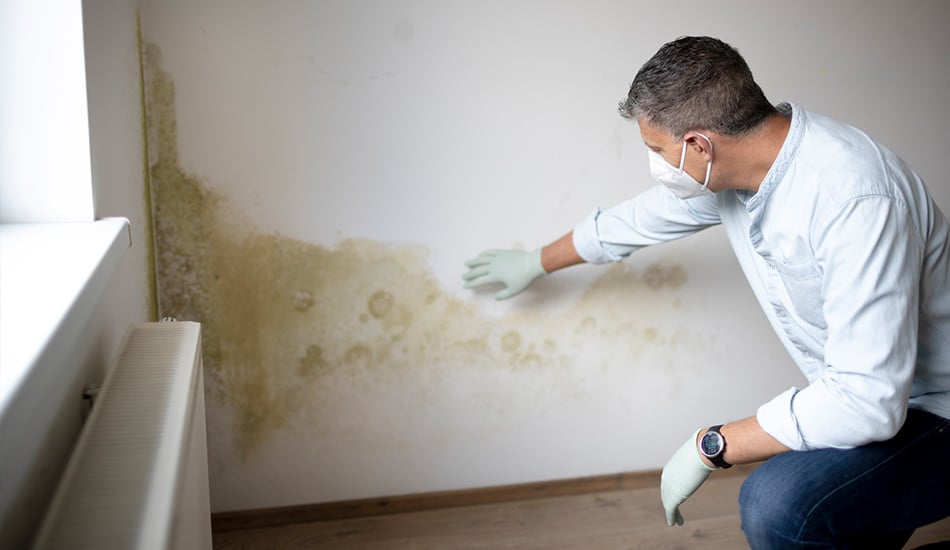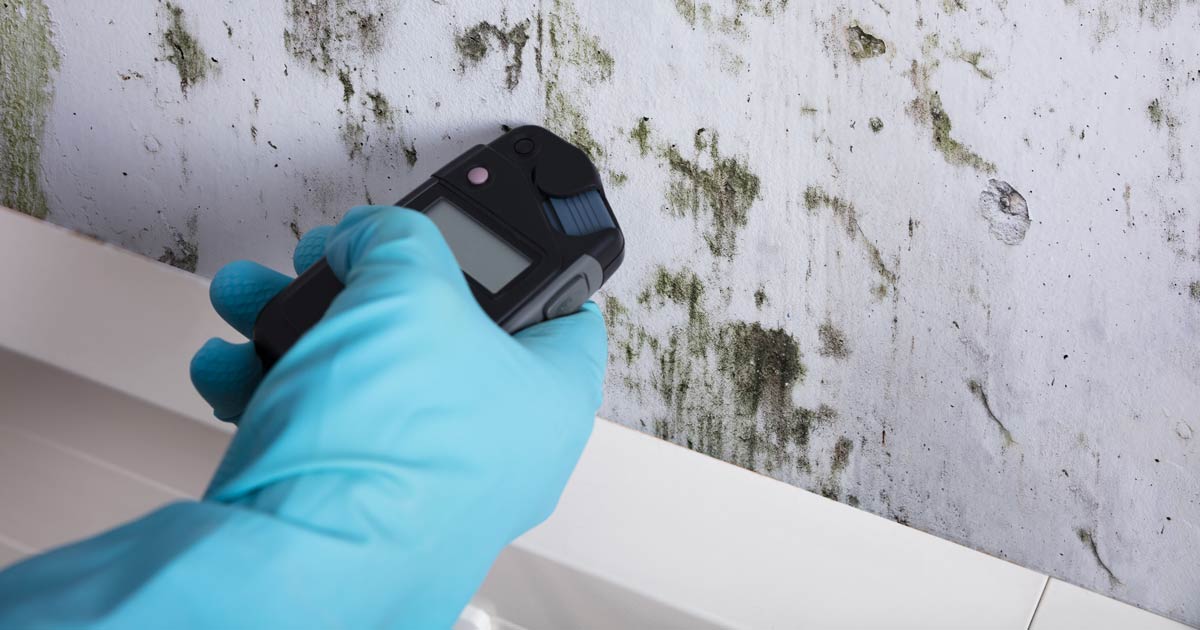Testing Air Quality After Mold Remediation
Testing Air Quality After Mold Remediation
Blog Article
Your Ultimate Guide to Message Mold And Mildew Removal Methods
Browsing the world of post-mold remediation methods is a precise process that demands attention to information and a comprehensive understanding of the details involved. In the after-effects of mold and mildew infestation, recognizing exactly how to properly remove the mold and mildew and stop its reoccurrence is vital for keeping a healthy and balanced interior atmosphere. From picking the best cleansing and sanitizing methods to applying techniques for long-lasting mold and mildew avoidance, each action in the remediation journey plays an essential role in guaranteeing a successful outcome. As we start this expedition of post-mold removal methods, we will discover the key techniques and finest techniques that can assist you restore your area to its pre-mold problem and guard it against future mold and mildew dangers.
Recognizing Post-Mold Removal Refine
After finishing the mold and mildew remediation process, it is crucial to comprehend the post-mold removal techniques that are needed to make certain a complete and effective cleaning. As soon as the mold and mildew has actually been gotten rid of, the following action includes cleansing and decontaminating the affected areas to stop any regrowth of mold and mildew. This includes making use of specialized cleaning up representatives to wipe down surface areas and eliminate any kind of continuing to be mold spores. It is necessary to dry out the area completely to inhibit the growth of mold and mildew in the future (Post remediation mold testing near me). Proper air flow and dehumidification can assist in this procedure.
Additionally, carrying out a last assessment post-remediation is crucial to make sure that all mold has been effectively gotten rid of. If the evaluation reveals any kind of lingering mold, additional remediation may be necessary.
Reliable Cleansing and Sanitizing Techniques

Preventing Future Mold Development

Relevance of Proper Ventilation
Appropriate air flow plays a critical role in avoiding dampness build-up, a crucial consider mold and mildew growth within interior settings. Efficient ventilation systems assist get rid of excess humidity from the air, decreasing the possibilities of mold and mildew spores locating the wetness they need to spread out and sprout. Without appropriate ventilation, interior areas can end up being a breeding ground for mold and mildew, bring about prospective health dangers and structural damage.
By making sure proper air blood circulation, air flow systems can additionally assist in drying wet locations faster after water damage or flooding cases, further preventing mold and mildew growth. testing air quality after mold remediation. In rooms like bathrooms, attic rooms, cooking areas, and basements where wetness levels often tend to be higher, setting up and maintaining reliable ventilation systems is essential in stopping mold infestations

Tracking and Upkeep Tips
Given the vital duty that appropriate ventilation plays in avoiding mold growth, it is vital to develop efficient surveillance and maintenance ideas to ensure the ongoing functionality of air flow systems. Routine evaluations of air flow systems must be carried out to check for any indicators of clogs, leaks, or breakdowns that might hinder appropriate airflow. Tracking moisture levels within the building is likewise critical, as high moisture can add to mold and mildew development. Mounting a hygrometer can assist Post Remediation verification track humidity levels and sharp home owners to any kind of spikes that might need focus. Furthermore, guaranteeing that air filters are regularly cleansed or changed is essential for preserving the effectiveness of the air flow system. Carrying out a schedule for routine maintenance tasks, such as duct cleaning and cooling and heating system evaluations, can aid protect against issues prior to they intensify. By remaining proactive and conscientious to the condition of air flow systems, homeowner can successfully reduce the threat of mold and mildew regrowth and keep a healthy and balanced indoor setting.
Final Thought
To conclude, post-mold remediation techniques are essential for making certain a safe and clean setting. Comprehending the procedure, implementing reliable cleaning and decontaminating techniques, stopping future mold and mildew development, keeping correct ventilation, and regular monitoring are all crucial action in the removal process. By complying with these guidelines, you can successfully remove mold and mildew and prevent its return, advertising a healthy and balanced living or functioning area for all passengers.
In the consequences of mold infestation, recognizing how to efficiently get rid of the mold and mildew and prevent its reoccurrence is paramount for keeping a healthy interior atmosphere. When the mold and mildew has been gotten rid of, the next action includes cleaning and sanitizing the impacted locations to protect against any regrowth of mold - After mold remediation. After getting rid of visible mold and mildew development, it is vital to clean all surfaces in the afflicted area to remove any type of remaining mold spores. To further enhance mold avoidance procedures, it is crucial to resolve underlying problems that at first led to mold advancement.Given the important role that correct air flow plays in protecting against mold development, it is critical to develop effective surveillance and maintenance tips to ensure the ongoing functionality of ventilation systems
Report this page